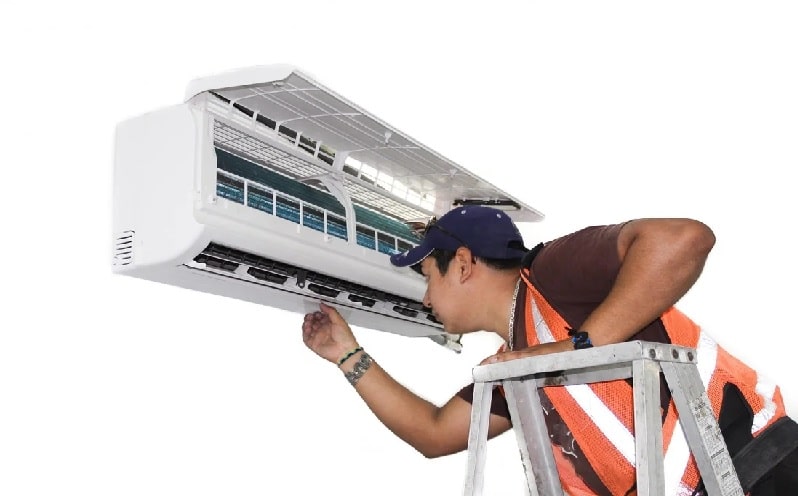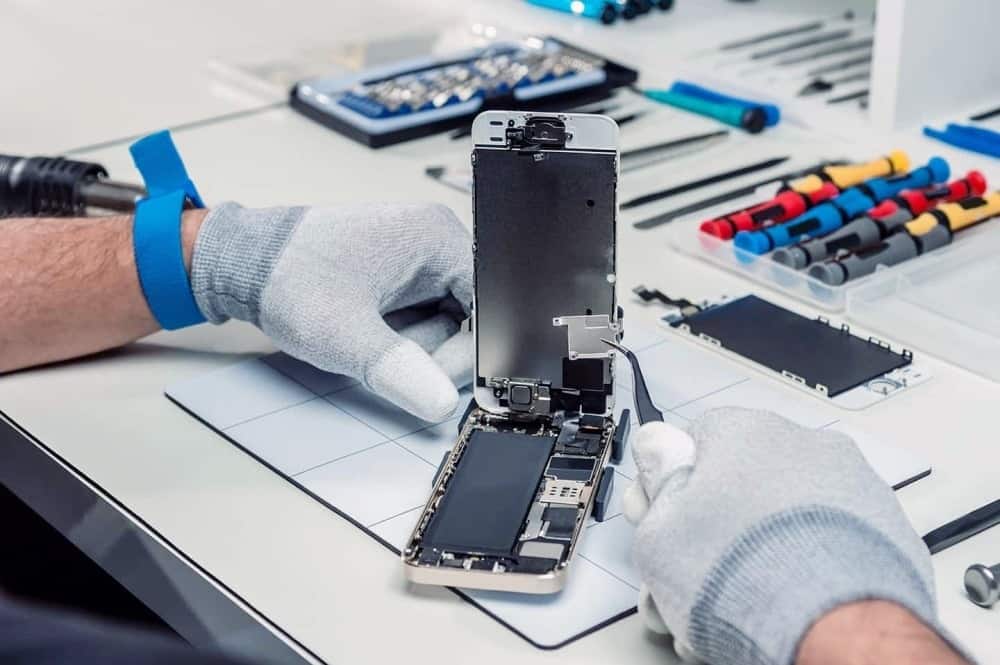Petroleum geologists in Denver use a variety of techniques to explore for and extract oil and gas reserves from the earth’s subsurface. These techniques range from traditional methods such as seismic reflection and well logging to newer technologies such as remote sensing and hydraulic fracturing.
Here, let’s explore 10 of the most commonly used exploration and drilling techniques employed by Denver petroleum geologists. By gaining a better understanding of these techniques, you’ll gain insight into the complex and fascinating process of finding and producing oil and gas.
Seismic Reflection:
This technique involves the use of specialized equipment, such as seismographs and geophones, to create sound waves that penetrate the ground. The waves bounce back off the different rock layers beneath the surface, and the equipment records these echoes. The resulting data is used to create a detail 3D map of the subsurface geology, which includes the location of potential oil and gas reservoirs. Seismic reflection is often uses before drilling a well to help determine the most promising location for the well.
Gravity and Magnetic Surveys:
These surveys are used to measure variations in the earth’s gravity and magnetic fields, which can indicate differences in the density and magnetic properties of the rocks beneath the surface. By measuring these variations and creating maps of them, geologists can identify areas that may contain oil and gas deposits. This information can also be helps to identify fault lines and other geological features that may affect drilling operations.
Electrical Resistivity Imaging:
This technique involves measuring the electrical resistance of subsurface materials to identify areas that may contain oil and gas deposits. Geologists use specialized equipment to send electrical currents through the ground and measure the resistance of the subsurface materials. This data is then helpz to create maps of the subsurface geology. Electrical resistivity imaging can be particularly useful in areas with complex geological structures.
Remote Sensing:
This technique involves using a variety of tools and instruments to gather data on the earth’s surface from a distance. Geologists may use aerial photography, satellite imagery, and other remote sensing tools to gather information about the surface features of the land, such as vegetation patterns and natural seeps. These features can help geologists identify areas that may contain oil and gas deposits. Remote sensing can be particularly useful in large, remote areas where it may be difficult to conduct ground-based surveys.
Geochemical Analysis:
This technique involves analyzing the chemical composition of rocks, soils, and water to identify the presence of oil and gas deposits. Geologists may take samples of rocks, soils, and water from the surface or from wellbores to analyze their chemical properties. Certain chemical compounds, such as hydrocarbons, are indicative of the presence of oil and gas deposits. Geochemical analysis can also be used to help identify the source and age of the oil and gas.
Well Logging:
This technique involves measuring the properties of the rock and fluids within a wellbore. Geologists use specialized instruments, such as sonic tools and nuclear magnetic resonance (NMR) tools, to measure properties such as porosity, permeability, and fluid content. On the Second hand, This data helps you to better understand the geology of the reservoir and to optimize production. Well logging can also be helps to monitor the production of a well over time.
Core Sampling:
This technique involves drilling into the subsurface and extracting cylindrical rock samples. These samples are then analyzed in a laboratory to determine their properties, such as mineral composition, porosity, permeability, and fluid content. This information can help geologists understand the geology of the reservoir and to optimize production. Core sampling can be particularly useful in areas where the subsurface geology is poorly realize.
Horizontal Drilling:
This technique involves drilling a wellbore horizontally through the reservoir. This allows for greater contact with the reservoir, which can increase production. Horizontal drilling has become increasingly popular in recent years as drilling technology has improved. This technique is often used in conjunction with hydraulic fracturing.
Hydraulic Fracturing:
This technique involves injecting water, sand, and chemicals into the wellbore to create fractures in the rock.
Enhanced Oil Recovery:
It involves injecting gases, chemicals, or water into the reservoir to increase the amount of oil and gas are able to recovered. There are several methods of enhanced oil recovery, including gas injection, chemical injection, and water flooding. These techniques can be particularly useful in mature reservoirs where the natural flow of oil
Final Words
From seismic reflection to Enhanced Oil Recovery, each technique plays a unique role in helping geologists to understand the subsurface geology and optimize production.While some of these techniques have been used for decades, newer technologies such as remote sensing and horizontal drilling are constantly being developed and refined.
By staying up-to-date with the latest techniques and technologies, Denver petroleum geologists are able to continue producing the energy resources.




